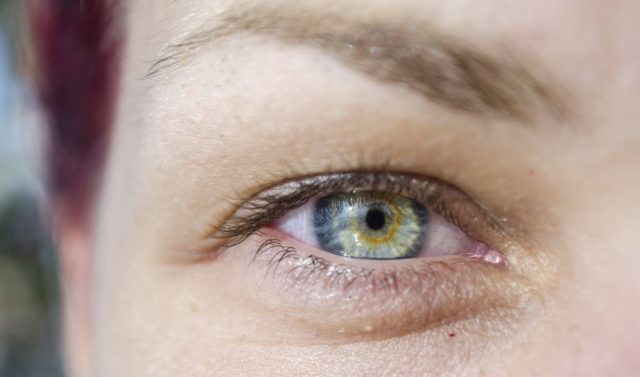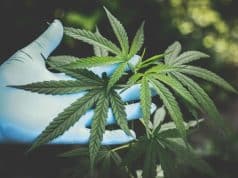As we age, several changes in the skin make us appear older. What does the ageing process look like in the skin? And why do some people look older than others?
The skin is the largest organ of the body, with many important functions. It protects us from UV radiation, microbes, and harmful substances, as well as regulates body temperature, maintains moisture, and provides our sense of touch and heat. Skin is composed of three layers: The epidermis, the dermis and the hypodermis.
With age many changes in the skin make us look older, but the primary reason for signs of ageing is actually sunlight. Keep reading to learn what happens when the skin ages.
Renewal of Skin Cells Decreases
The entire skin surface is renewed about once a month, and we lose billions of skin cells every single day. As we get older, skin cell renewal slows down and the epidermis becomes thinner. This, in turn, leads to a blockage of dead skin cells, which is why the skin appears fatigued and tired – a typical sign of ageing.
Humidity is Reduced
In addition, the skin’s ability to retain moisture is reduced. The dermis consists of hyaluronic acid, a sugar product that plays a big part in the skin’s ability to bind itself to water. As we get older, the amount of hyaluronic acid decreases, making the skin appear thinner and hollow.
In cosmetic treatments, it’s common to use synthetic hyaluronic acid (fillers) to reduce the loss of volume and smooth out unevenness. This treatment must be repeated at regular intervals for a lasting result.
Production of Elastin and Collagen Decreases
Elastin is what makes the skin elastic, while collagen holds the skin together. As we age, the production of elastin and collagen decreases, loosening the network of threads holding the skin in place. This can cause the skin to sag and have a coarser surface.
You can easily test your own skin elasticity by pinching the skin on the top of your hand. If the skin is young and resilient it will quickly fall into place, while older skin takes a longer time to bounce back.
Wrinkles Become More Prominent
Lines and wrinkles are other classic signs of ageing. Lines are footprints of our facial expressions, such as smiling, squinting, or grimacing. Wrinkles are mainly created due to exposure to sunlight and are usually more prominent around the eyes where the skin is thinnest.
Sunlight – Biggest Enemy of Skin
The ageing process starts in our 20s, but some seem to age faster than others. One of the reasons is exposure to UV radiation from sunlight or tanning beds. The radiation significantly accelerates the ageing process by breaking down collagen and most wrinkles are actually a result of the sun and not age.
UV radiation may also damage the skin cells, causing freckles, moles, and other changes in the colour of our skin. More than 80% of facial ageing signs are caused by overexposure to sunlight, not age.
Cosmetic Treatments
Growing older and looking your age is the most natural thing in the world. However, some want to reduce the signs of ageing for cosmetic reasons, especially if they look much older than their actual age.
Facial cosmetic treatments are extremely delicate, and results depend on how skilled the surgeon is. In Norway, Dr. Jarl Bunæs at Bærum Plastikkirurgi is one of the leading experts in anti-ageing treatments. Dr. Bunæs is internationally recognized for treatments aimed at slowing down the ageing process.

A professional writer with over a decade of incessant writing skills. Her topics of interest and expertise range from health, nutrition and psychology.




